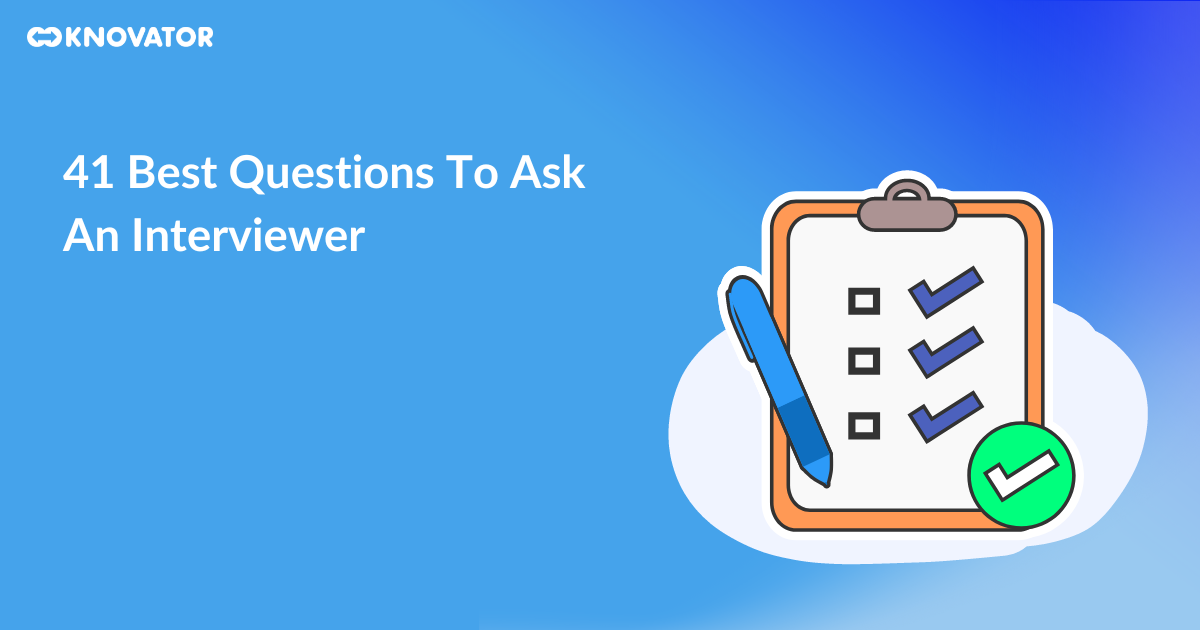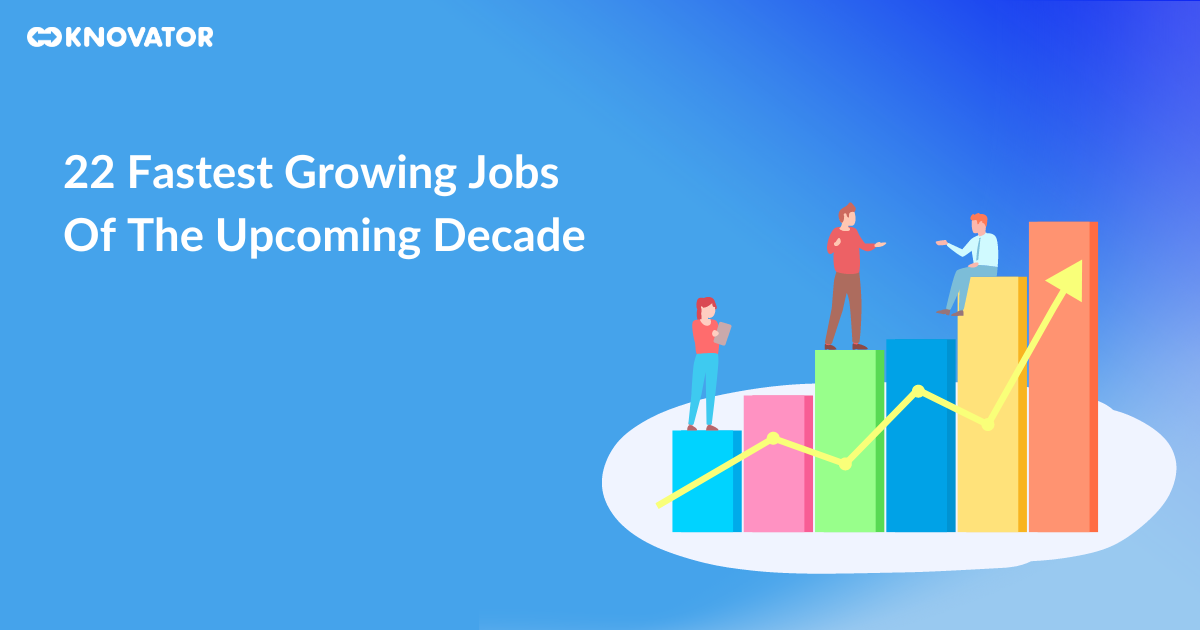The learning curve is a fascinating concept that touches every aspect of our lives, from mastering new skills to improving industry efficiency. It’s like the path followed to go from being newcomers to experts in an area.
When employees start a new job or learn a new task, they often face challenges and make mistakes, slowing progress and reducing confidence. Understanding the learning curve helps them see that mistakes and challenges are normal when learning something new.
It essentially provides a learning roadmap but if you don’t know where to start, we’ve got you covered. In this article, we’ll explore the different types of learning curves, their benefits, and where they are applied.
What is a Learning Curve?
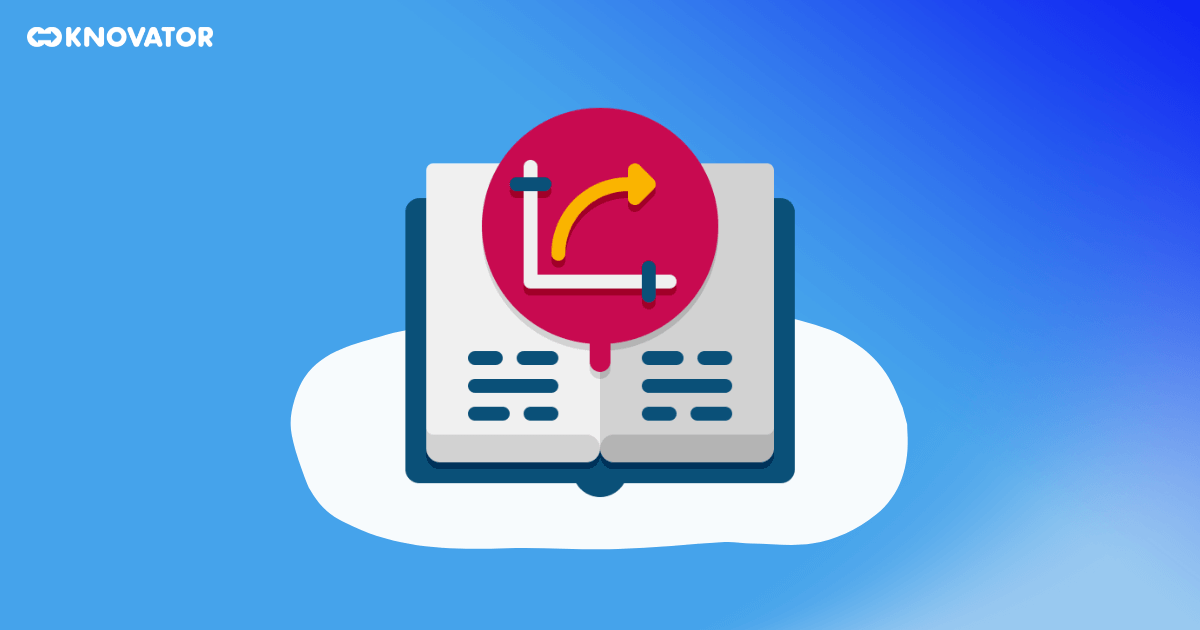
It’s like climbing a hill – at the beginning, it’s steep because you’re learning a lot. The hill becomes less steep as you practice more because you’re getting better. The learning curve helps us understand how quickly we learn and how much practice we need to become good at something.
Learning curves are important because they show us the journey from not knowing to becoming skilled. They remind us that it’s normal to struggle initially, but with time and effort, we can become experts.
Origins of the Learning Curve Theory
Two early ideas contributing to understanding the learning curve are Ebbinghaus’ Forgetting Curve and Wright’s Experience Curve.
1. Ebbinghaus’ Forgetting Curve
Dr. Hermann Ebbinghaus, in 1885, laid the foundation for the learning curve theory by introducing the concept of the forgetting curve. He focused on memory studies and how information fades from our memory over time. Ebbinghaus discovered that when we learn something new, we tend to forget a significant portion soon after. However, repetition and practice can slow down this forgetting process.
Ebbinghaus’ work indirectly contributed to the understanding of the learning curve. The forgetting curve implies that repetition and reviewing information at spaced intervals can help us remember it better. It has direct implications for learning new skills. As we repeatedly practice a task or study material, our memory retention improves, leading to a smoother learning process. The forgetting curve emphasizes the importance of revisiting and reinforcing what we’ve learned to ensure that the knowledge is retained and integrated into our skills.
2. Wright’s Experience Curve
Wright’s Experience Curve theory, focuses on the idea that as people repeat a specific task, they become more skilled and efficient. This theory was introduced by Theodore Paul Wright in 1936.
The Experience Curve idea says that the work needed gets easier when we do it more. It is because we learn ways to do things better, understand the job more, and get good at it. Imagine you’re playing a game. The more you play, the better you understand the game’s tricks, making it easier.
So, when companies or people make more things, like toys or cookies, the work becomes less hard because they figure out better and faster ways to do it. The Experience Curve shows that we become experts when we practice doing something a lot. It’s like how a chef makes cooking look easy because they’ve done it many times. So, the more we do, the better we become!
Regarding the learning curve theory, Wright’s ideas demonstrate how practice and experience lead to increased efficiency. As individuals or organizations become more familiar with a task, they find ways to accomplish it more quickly and with fewer errors. It aligns with the concept of the learning curve. Whereas we invest more time and effort in practicing a skill, we witness a noticeable performance improvement.
Learning Curve Models and Examples
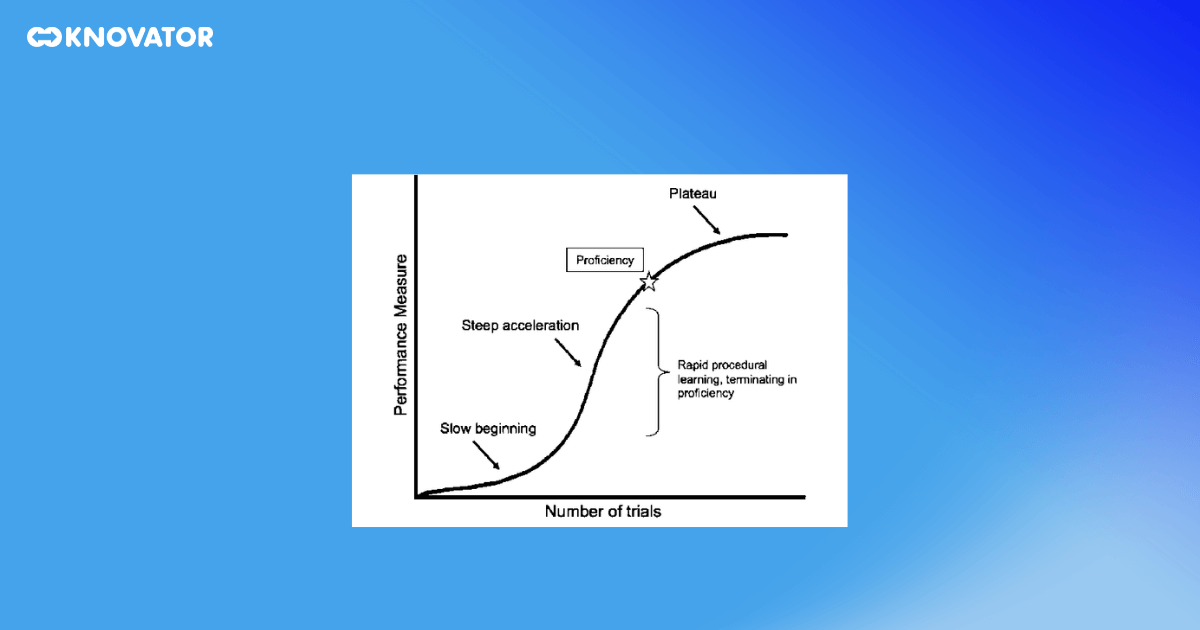
1. Diminishing-Returns Learning Curve
In the diminishing returns curve, you learn quickly when you begin, but as time goes on, the speed at which you learn slows down.
In this learning curve, you start by making big strides in your learning. Imagine a graph where your progress shoots up steeply. But then, as you keep learning, the graph levels off and becomes flatter. It’s like climbing a hill – you start by climbing fast, but climbing higher is harder as you reach the top. This leveling off is the plateau. It means you’re still learning, but not as quickly as in the beginning.
The diminishing-returns learning curve often shows up when your learning task is easy or simple. For example, imagine you’re learning to solve easy puzzles. At first, you quickly solve a lot, but after a while, you can solve them, but it takes more time for each one. It is because you’ve grasped the basics easily, but improving further becomes tougher.
2. Increasing-Returns Learning Curve
In this curve, your progress starts slowly. Think of it like a graph that doesn’t rise steeply at first. However, as you continue, the graph suddenly shows you’re improving. This curve is often seen when learning something complex that takes time to grasp.
When a task is hard to understand or has many intricate parts, you might encounter an increasing return curve. It means you’re putting in the effort, but the visible progress is slow initially. Don’t get discouraged – once you get the hang of it, your improvement will speed up unexpectedly.
Imagine you’re trying to learn a complicated dance routine. Initially, it’s tough, and you need to make more progress. But as you keep practicing, you suddenly start improving faster and faster. This is the increasing-returns learning curve.
3. Increasing-Decreasing Return Learning Curve (S-curve)
This curve begins with gradual progress, like a gentle slope. Then, it becomes steeper as you get better. This is the steep part of the “S.” But as you become skilled, the curve flattens out, forming the plateau. It’s like climbing up a hill, enjoying the view, and finding a comfortable resting spot.
The increasing-decreasing return learning curve shows that after mastering the basics, your improvements slow down. It’s a reminder to enjoy the journey of progress and not worry if things don’t keep improving at the same pace. This curve is common in many skills, and understanding it helps us stay patient and appreciate our accomplishments.
Imagine learning to paint. At first, you struggle with the basics, but then you hit your stride and start creating beautiful art. However, your progress levels off after a while, and you improve less.
4. Complex Learning Curve
The complex learning curve is like a detailed map. It shows how you go through various stages, from beginner to expert. It’s not a simple straight line – it twists and turns, reflecting the different aspects you learn over time.
The curve highlights that learning isn’t a single journey. It’s a mix of small and big achievements, each leading to higher skill levels and understanding. The curve is a reminder that mastering something intricate takes time, but the journey is full of growth and discovery.
Imagine learning a musical instrument deeply. It’s not just about playing notes; it’s about understanding music theory and different styles and performing complex compositions.
Advantages & Disadvantages of the Learning Curve Theory

1. Advantages
- Business Performance Improvement: Learning curves help businesses get better at what they do. As they keep practicing, they become more efficient and skilled. It means they can make things faster and with fewer mistakes, which is good for their success.
- Psychological Motivation and Strategic Planning: Learning curves boost confidence in people and companies. When they see progress on the curve, it motivates them to keep working hard. It also helps them plan for the future. They can see how much time and effort they might need to do even better.
- Forecasting and Better Business Decisions: With learning curves, companies can predict how things might go. It helps them make smart decisions about money, time, and resources. They can plan and be ready for challenges.
2. Disadvantages
- Dependence on Performance Assumptions: Learning curves are based on the idea that performance will keep improving. But the curve might not be accurate if things change unexpectedly, like how a task is done or the people doing it.
- Variables Like Motivation, Workplace Dynamics, and Previous Knowledge: Learning curves don’t always consider everything that affects learning. Things like how motivated someone is, how the workplace is, or what they already know can change how fast they learn.
Applications of the Learning Curve
 1. Generalized Learning Curve
1. Generalized Learning Curve
Imagine you’re learning to ride a bike. At first, it’s tough, but as you practice, you get better. This idea applies to many things, even without complicated math. This is the generalized learning curve – a simple concept that shows how we improve over time.
The generalized learning curve is about more than numbers and formulas. It’s about understanding that practice makes us better. It’s like saying, “The more you do it, the better you become.” It applies to many areas, from learning a language to mastering a new skill.
2. Measured Learning Curve
Now, think about assembling a product. At first, it’s slow, but you become quicker as you keep making it. It is where the measured learning curve comes in – it’s about specific tasks we can measure and see improvement in.
The measured learning curve is like tracking progress. If you’re building the same thing repeatedly, you can measure how long you take each time. It lets you see if you’re getting faster. It’s great for tasks that are done repeatedly, like assembling gadgets or packing boxes.
3. Real-World Applications
- Industry: Manufacturing Costs and Workforce Performance: Learning curves are super helpful in industries where things are made repeatedly, like cars or electronics. They show how the cost of making something decreases as workers get better. Businesses can plan budgets and prices better with this info.
- Business: Organizational Performance and Training: Companies want to do well, and learning curves help them see how. They can understand how quickly their employees learn and perform tasks. It guides them to train people better and improve the company’s overall performance.
- Medicine: Surgical Procedures and Proficiency: Even in medicine, learning curves matter. Surgeons start by being careful and slow in surgeries. But with time, they become experts, and the surgeries become faster and safer. Learning curves in medicine help ensure that procedures are done proficiently.
Learning curves help us everywhere. They’re like maps that show us how we get better at things. They help businesses save money, make smarter decisions, and improve. They’re also like guides that remind us that practice is key – building things, running a company, or even performing surgeries. So, wherever you see people improving over time, you’re looking at the learning curve in action!
Embrace the Learning Curve for Success
Learning curves are like magical maps guiding learners through getting better at something. We’ve explored different types, from the gentle start of the diminishing returns curve to the exciting twists of the complex curve. These curves bring advantages like boosting businesses, keeping learners motivated, and helping them make wise choices. Whether making products, running companies, or even performing surgeries, learning curves show the way.
So, next time you’re learning something new, remember it might be a curve leading you to progress and success!
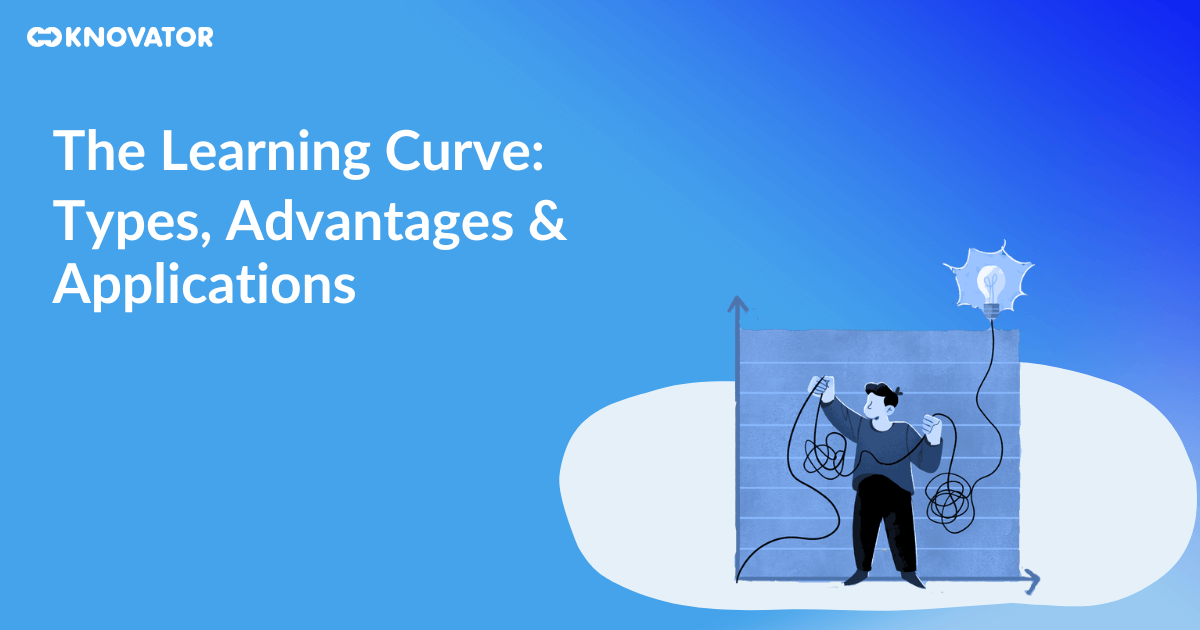
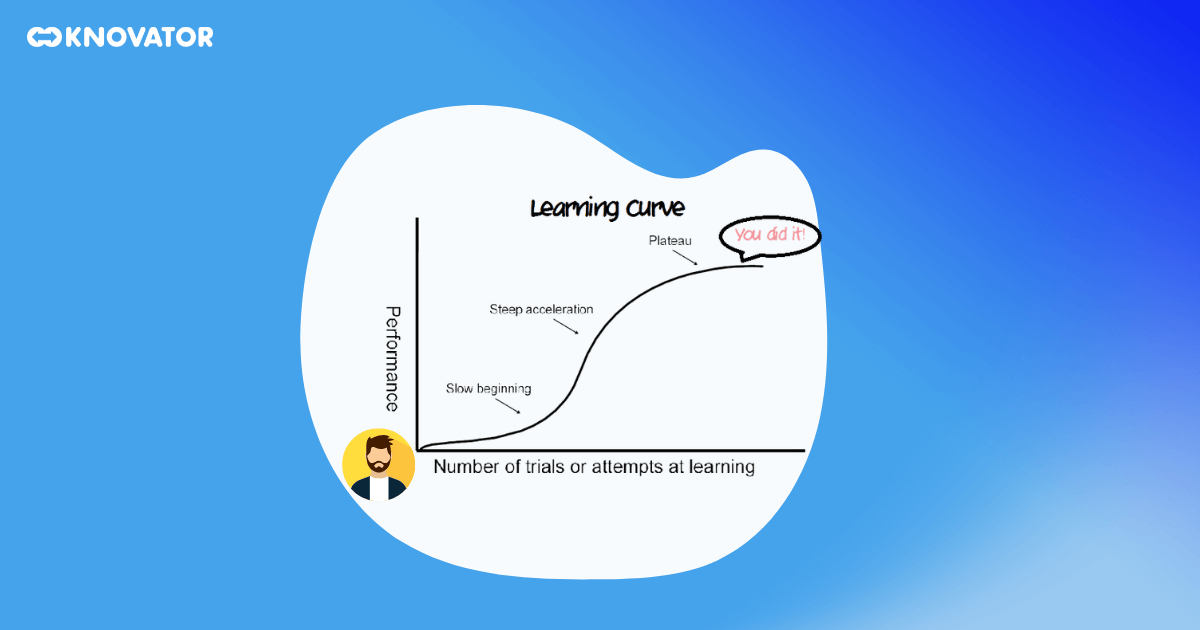
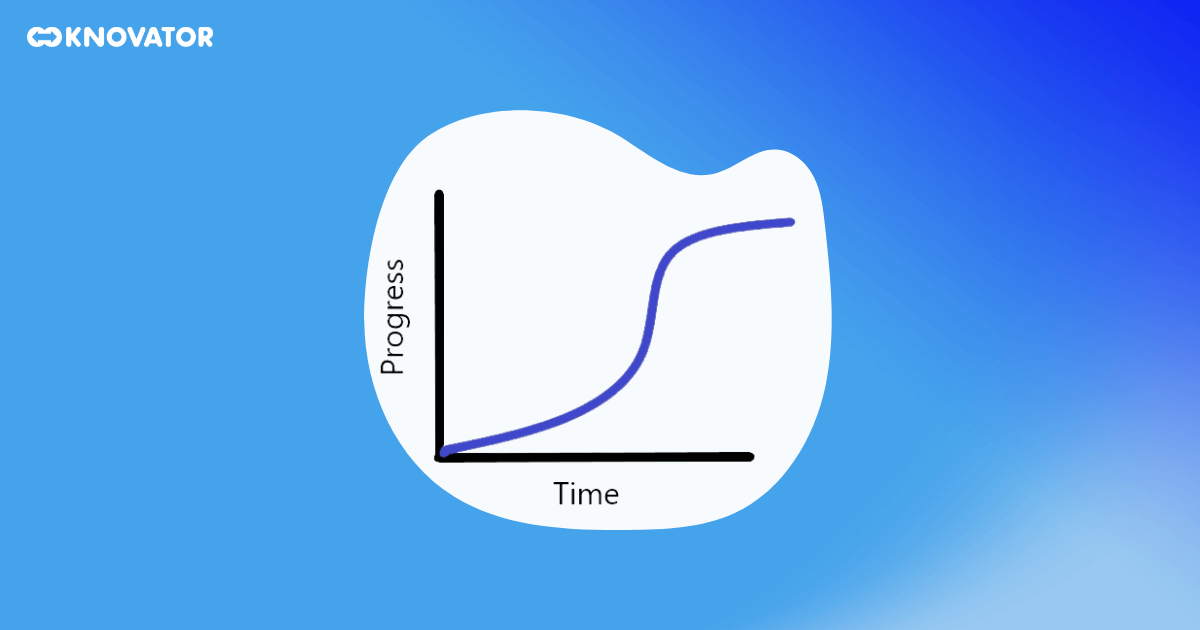 1. Generalized Learning Curve
1. Generalized Learning Curve

